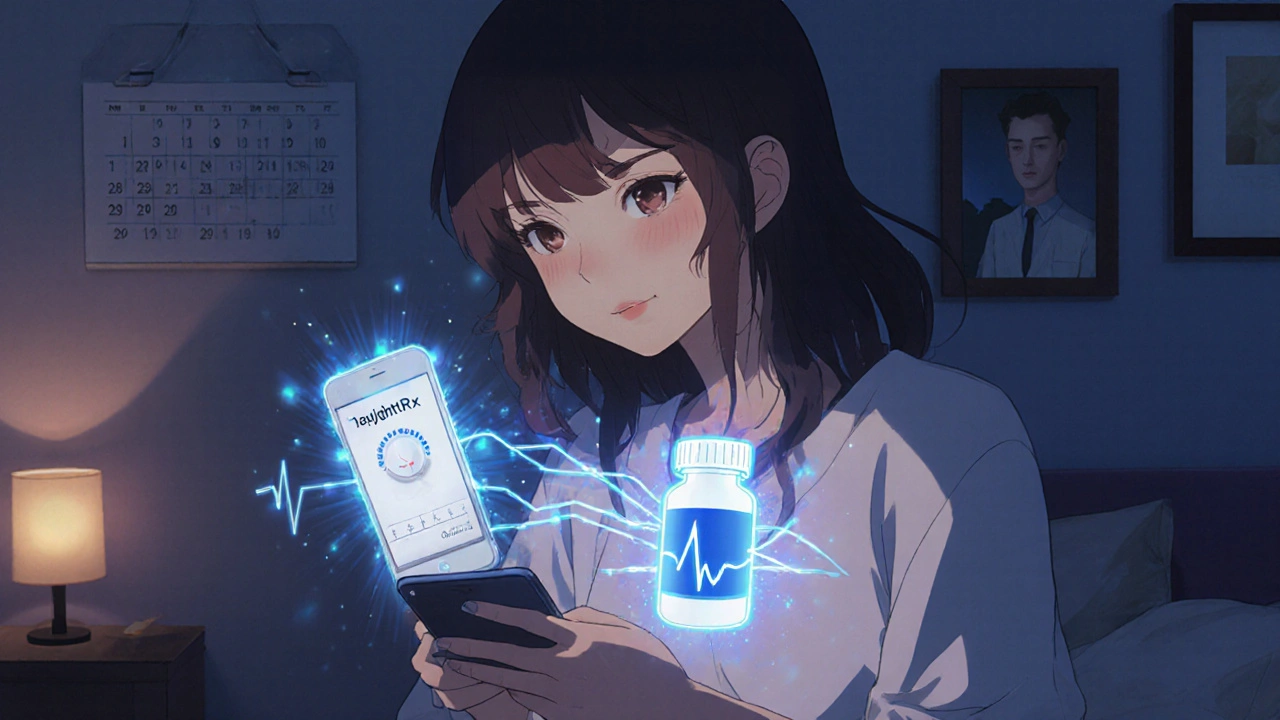DTx: Digital Therapeutics Explained — How Software Is Changing Medicine
When you think of medicine, you probably picture pills, injections, or surgery. But DTx, software-based treatments approved by health regulators to prevent, manage, or treat medical conditions. Also known as digital medicine, it’s not a supplement or a gadget — it’s a prescribed app that works like a drug. DTx isn’t science fiction. It’s already in use for diabetes, depression, ADHD, chronic pain, and even substance use disorders. These aren’t wellness apps that give you meditation tips. They’re clinically tested, FDA- or EMA-approved programs that change behavior, track progress, and deliver measurable outcomes — often with the same rigor as a pharmaceutical trial.
DTx works by combining behavioral science with technology. For example, a patient with type 2 diabetes might use a DTx app that tracks food intake, sends reminders to move, and adjusts goals based on blood sugar logs. The app doesn’t just remind you — it learns from you. Another DTx product for opioid use disorder uses cognitive behavioral therapy delivered through daily interactive modules, proven in studies to reduce relapse rates. These tools are often paired with traditional meds, but sometimes they replace them entirely. That’s why doctors are starting to write prescriptions for apps — not just pills. Related entities like prescription apps, digital treatments authorized by healthcare providers and covered by insurance in some countries, and software-based treatment, clinical interventions delivered via smartphone or web platforms with documented therapeutic outcomes are part of the same ecosystem. You’ll find DTx mentioned in posts about ADHD meds, GLP-1 side effects, and even medication adherence because these tools help people stick to their treatment plans.
What makes DTx different from a fitness tracker? It’s regulated. It has clinical trial data. It’s prescribed. And it’s designed to change biology — not just habits. If you’re managing a chronic condition, DTx might be the missing piece. It doesn’t replace your doctor, but it gives you a tool that works 24/7. The posts below cover real cases: how DTx helps with ADHD in teens, how it reduces reliance on painkillers, and how it’s being used alongside biologics for autoimmune diseases. You’ll see how these tools fit into daily life, what they cost, and where they’re actually working — not just hype. This isn’t about future tech. It’s about what’s available now, and how to use it safely and effectively.
Digital Therapeutics and Medication Interactions: What You Need to Know in 2025
Digital therapeutics are now FDA-cleared treatments that help patients take medications correctly. Learn how they work with drugs, where they fall short, and what you need to know in 2025 to use them safely and effectively.

